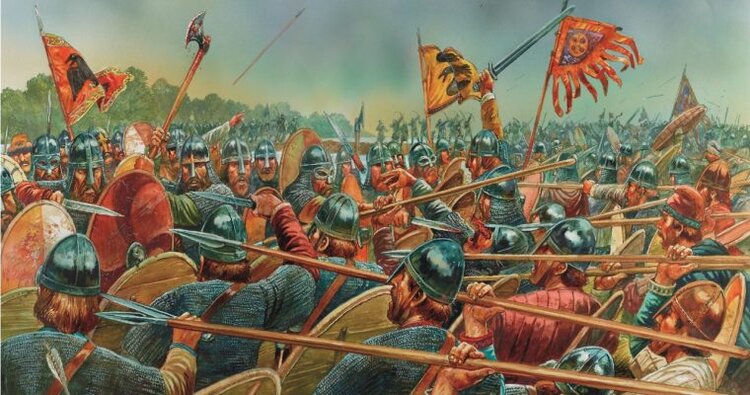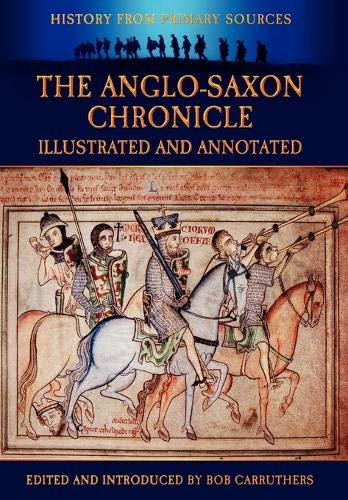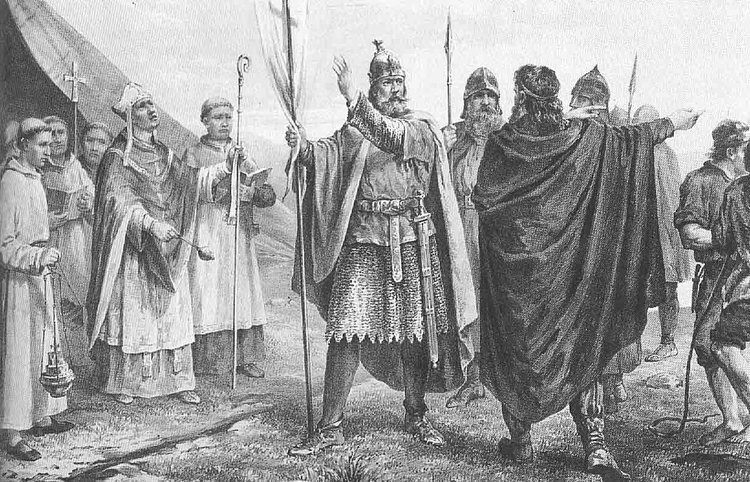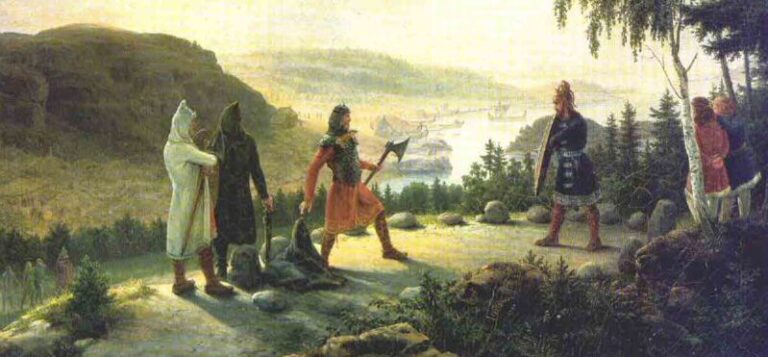There has long been a debate about whether Olaf Tryggvason was at the Battle of Maldon, a battle believed to have taken place on Aug 11 in AD 991. This post will take a closer look at that question and hopefully shine a bit more light on that subject.

Why is there a debate?
The Battle of Maldon was recorded in a number of sources, including the Anglo-Saxon Chronicle, a Latin version of the Life of St Oswald, the Liber Eliensis, and a lengthy fragment of an Old English poem. While the battle itself is not in dispute, the Vikings in attendance are, and it is one Viking in particular that I want to focus on in this post: “Anlaf” or Olaf.
None of the versions of the Anglo-Saxon Chronicle (ASC) except Version A reference a Viking leader named Anlaf at the Battle of Maldon. However, Version A states:
AD 993: In this year Anlaf came with ninety-three [ships] to Folkstone and plundered the area and went thence to Sandwich, and then to Ipswich, which he laid waste; and so to Maldon. There ealdorman Byrhtnoth came against him with his force, and fought with him; and there they slew the ealdorman and gained the field of battle, whereupon peace was made with him [Anlaf].

Note that this entry references AD 993 rather than AD 991. Most historians believe this to be a mistake and that the chronicler was confused between Maldon and the events of AD 994 (see below), which could explain why no other ASC entry about Maldon mentions Anlaf.
An entry from AD 994 states:
“This year Anlaf and Swein came to London on the Nativity of St. Mary with ninety-four ships” and “performed the greatest evil that ever any army could do, in burning and plundering and manslaughter,… They were given sixteen thousand pounds in return for peace.”
Moreover, two treatises of peace are referenced in the ASC, one following the Battle at Maldon and one following the attacks on London. Only one treaty has been found and it references Anlaf, Iustin, and Gudmund in the prologue. Yet it is unclear whether the treaty was created as a result of the Battle of Maldon or the attack on London.
So who was this Anlaf? Was he the famed Viking Olaf Tryggvason, or was he someone else? That is the crux of the debate.
The Chronology of Olaf Tryggvason
I will begin by stating that it is plausible Olaf Tryggvason was at Maldon, but it seems equally plausible that he was not there. E. V. Gordon in his article “The Date of Æthelred’s Treaty with the Vikings: Olaf Tryggvason and the Battle of Maldon”, makes a compelling argument that Olaf was at London and not at Maldon, though his case partially relies on a travel schedule that places Olaf Tryggvason in and around England starting in AD 990 or 991. So was he?
I am not a historian, but for my historical fiction novels on Olaf Tryggvason, I have been poring over numerous accounts of the various places Olaf lived before returning to Norway. While there are several accounts of his historical itinerary, most do not perfectly add up.
Since there are plenty of questionable timelines of Olaf’s youth, I will start closer to his English adventures with his time in the court of the Wendish king, Borislav. There, Olaf falls in love with Borislav’s daughter and marries her. We believe this occurs around the time of Otto I’s death and Otto II’s rise because Olaf and his Wendish lord (and now father-in-law) march in support of Otto II in ca. AD 973 or 974 when the Danes attack northern Germany. While the identity of this Burislav is not yet known, we believe the battle happened in AD 974, so we will take that date as our first reference point.
The sagas relate that three years after arriving in Wendland (so ca. AD 976), Olaf’s wife dies and he goes a-viking. We are told by the sagas that he then spends nine years raiding Saxony, Frisia, and Flanders, and another six years raiding and living in England, Scotland, Wales, Ireland, and France, which brings us to AD 991 if the sagas are to be believed.
Olaf Tryggvason and Maldon
At the end of the day, all we have are clues, and those clues suggest Olaf was in, near, or around England in the late 980s and early 990s. Given his chronology, his raiding successes, and his assumed growing fame, it is plausible that Olaf could raise ninety-three ships and that the Anlaf referenced in the peace treaty and in the raid on London is the Olaf we seek. It is also highly plausible that he was at Maldon.

I can understand man how a man like Olaf with his thirst for fame and wealth and power would not have missed a chance to seek more of it in an unstable England, especially if he was aware of a plan for a pitched campaign against the Saxons. However, Maldon was of no political or strategic value, and indeed, feels like a fluke. The tail end of a raiding voyage gone wrong. If the ancient poem is to be believed, then the Vikings actually tried to get out of fighting by asking for booty:
“They have sent me to you, the hardy sea-men—
they bid you be informed that you must quickly send
rings in exchange for protection, and it would be better
for you to buy off with tribute this storm of spears,
otherwise we should deal in such a hard battle.”
Were it not for the hubris of the Saxon ealdorman Byrhtnoth, who invited the Danes to attack, the battle might not have been fought.
Ultimately, though, I will have to decide as a writer of historical novels whether Anlaf/Olaf was there at the “storm of spears,” and I cannot lie – it will be tempting to re-tell the battle that happened on this day so long ago.
What do you think?
Sign Up
Sign up to have new blog posts and other free content delivered to you monthly!




